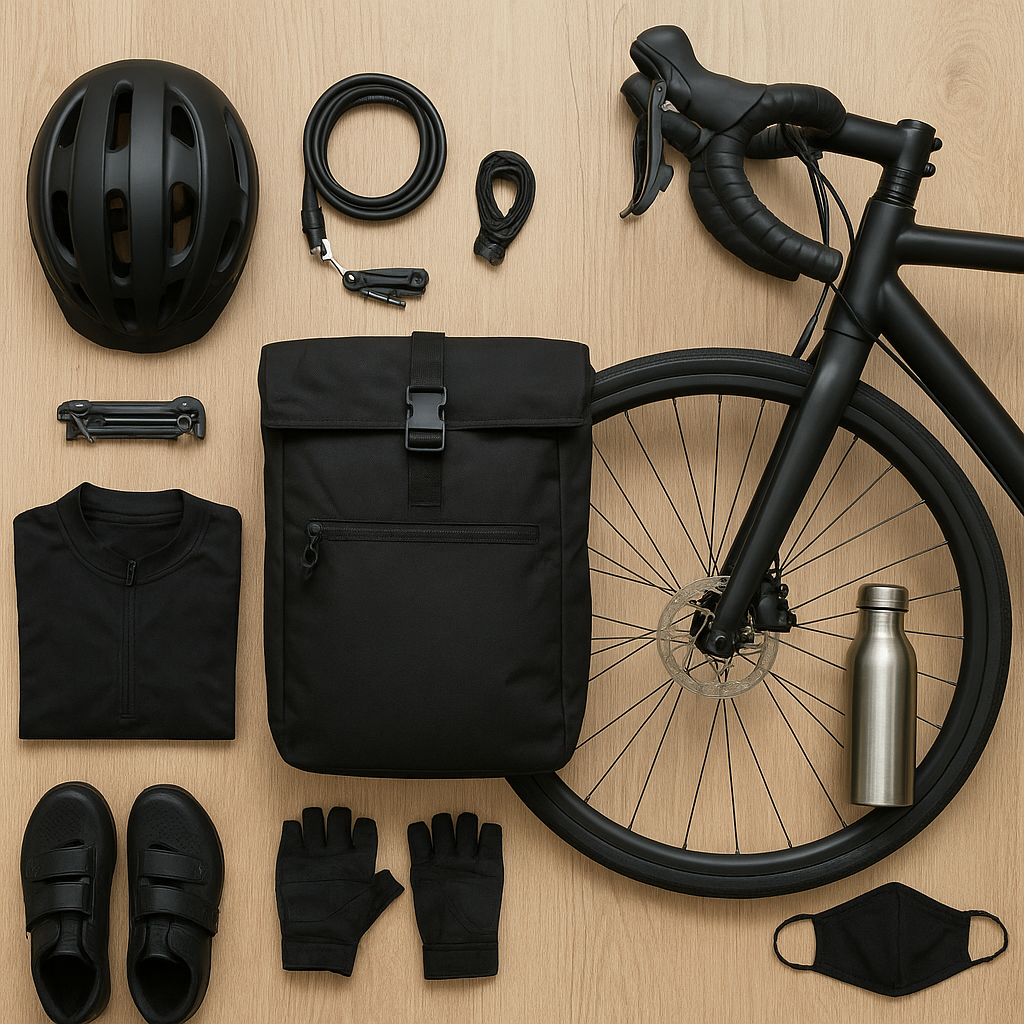Regular wheel alignment and balancing are crucial aspects of bicycle maintenance that often go overlooked by many cyclists. Ensuring that your bike’s wheels are properly aligned and balanced can significantly enhance your riding experience, improve safety, and extend the lifespan of your bicycle. This article delves into the importance of these maintenance tasks, explaining their benefits and providing guidance on how to perform them effectively.
Understanding Wheel Alignment
Wheel alignment refers to the adjustment of the angles of the wheels so that they are set to the manufacturer’s specifications. Proper alignment ensures that the wheels are parallel to each other and perpendicular to the ground. Misalignment can occur due to various reasons, such as hitting a pothole, riding on rough terrain, or simply through regular use over time.
Benefits of Proper Wheel Alignment
There are several benefits to maintaining proper wheel alignment:
- Improved Handling: Properly aligned wheels ensure that your bicycle handles predictably and responsively. This is particularly important when navigating sharp turns or riding at high speeds.
- Reduced Tire Wear: Misaligned wheels can cause uneven tire wear, leading to premature tire replacement. Proper alignment distributes the wear evenly across the tire surface, extending their lifespan.
- Enhanced Safety: Misalignment can cause your bike to pull to one side, making it difficult to control. Proper alignment ensures that your bike tracks straight, reducing the risk of accidents.
- Increased Efficiency: When your wheels are aligned correctly, there is less rolling resistance, making it easier to pedal and improving your overall riding efficiency.
How to Check and Adjust Wheel Alignment
Checking and adjusting wheel alignment can be done at home with some basic tools, although it is often best left to professionals for precise adjustments. Here are some steps to check and adjust wheel alignment:
- Visual Inspection: Start by visually inspecting your wheels. Look for any obvious signs of misalignment, such as the wheels not being parallel or the bike pulling to one side.
- Use a Straight Edge: Place a straight edge along the side of the wheel to check for any gaps. If there are gaps, it indicates misalignment.
- Adjust the Spokes: If you notice misalignment, you can adjust the tension of the spokes using a spoke wrench. Tighten or loosen the spokes as needed to bring the wheel back into alignment.
- Professional Help: For precise adjustments, it is recommended to take your bike to a professional mechanic who can use specialized tools to ensure perfect alignment.
The Importance of Wheel Balancing
Wheel balancing involves distributing the weight evenly around the wheel to ensure smooth rotation. An unbalanced wheel can cause vibrations, reduce ride quality, and lead to premature wear of various components. Balancing is particularly important for high-speed riding and long-distance cycling.
Benefits of Proper Wheel Balancing
Maintaining balanced wheels offers several advantages:
- Smoother Ride: Balanced wheels rotate smoothly, reducing vibrations and providing a more comfortable ride.
- Reduced Wear and Tear: Unbalanced wheels can cause excessive wear on the tires, bearings, and other components. Proper balancing helps distribute the load evenly, reducing wear and tear.
- Improved Performance: Balanced wheels ensure that your bike performs optimally, with less rolling resistance and better handling.
- Enhanced Safety: Vibrations caused by unbalanced wheels can affect your control over the bike, especially at high speeds. Proper balancing ensures stable and safe riding.
How to Check and Balance Wheels
Balancing wheels can be a bit more complex than alignment, but it is still manageable with the right tools and techniques:
- Check for Imbalances: Spin the wheel and observe if it wobbles or if there are any noticeable vibrations. You can also use a wheel truing stand to check for imbalances.
- Add Weights: If you detect an imbalance, you can add small weights to the rim to counterbalance the heavy spots. These weights can be purchased from bike shops and are usually adhesive-backed for easy application.
- Recheck Balance: After adding weights, spin the wheel again to check if the imbalance has been corrected. Adjust the weights as needed until the wheel spins smoothly.
- Professional Assistance: For precise balancing, consider taking your bike to a professional mechanic who can use specialized equipment to ensure perfect balance.
Conclusion
Regular wheel alignment and balancing are essential maintenance tasks that can significantly improve your cycling experience. Properly aligned and balanced wheels ensure better handling, reduced wear and tear, enhanced safety, and improved performance. While some adjustments can be made at home, it is often best to seek professional assistance for precise alignment and balancing. By taking the time to maintain your bike’s wheels, you can enjoy a smoother, safer, and more efficient ride.












